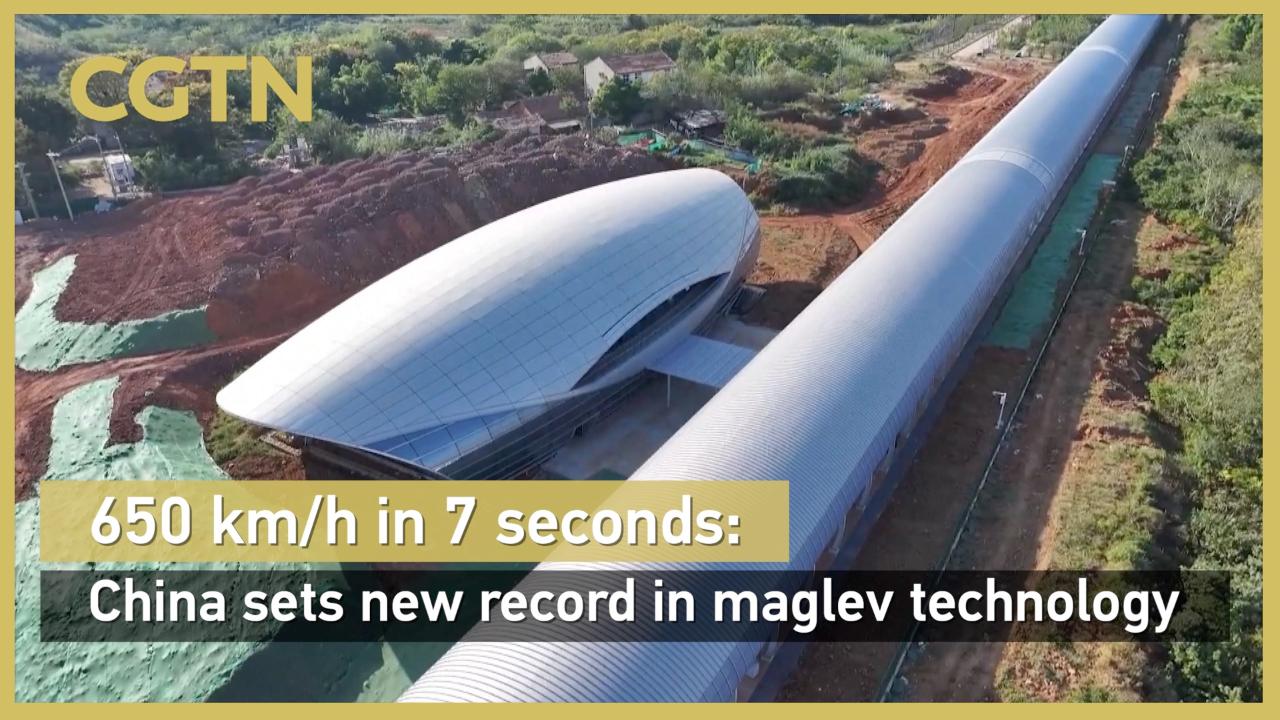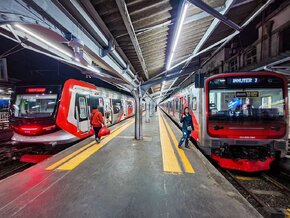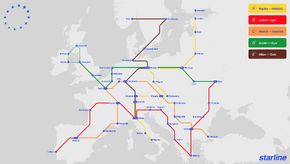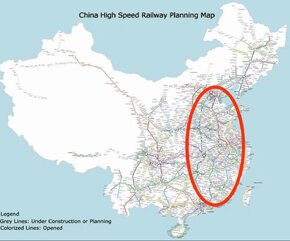Ananda
The Bunker Group
- Thread Starter Thread Starter
- #41

650 km/h in 7 seconds: China sets new record in maglev technology
In a significant breakthrough for China's magnetic levitation (maglev) technology, researchers from Hubei Province have successfully accelerated a 1.1-tonne test vehicle to 650 km/h within just 1,000 meters, using advanced magnetic levitation support and electromagnetic propulsion systems.
It is already month old news, but only got time to put it here. This is still far from ready products, but increase potential of HST as alternative transportation for long range against Airliners. Question back to economics
.
This is the study done in China where basically shows level of education and income still determine people preference on HST. Infact there are other media report that confirm this on preference of Western Chinese population using regular train especially on lower income brackets. This raise continues problem to Western bounds HST lines in China. It is important to shown politically that Western China is not neglected, but for China Railway company shown continue increase subsidized needed on that lines.
Add:

This is not HST photo, this is just new commuter train in Jakarta. However this shown continue rivalries between China and Japan on getting market share in increasing popular railway transportation in Asia.
The left one is Chinese made, while the right one is Indonesia made but with Japan license and Tech. This also reflect competition to market HST in Asia. Indonesia choose China made so far, India choose Japan made India's first bullet train reaches major milestone.







